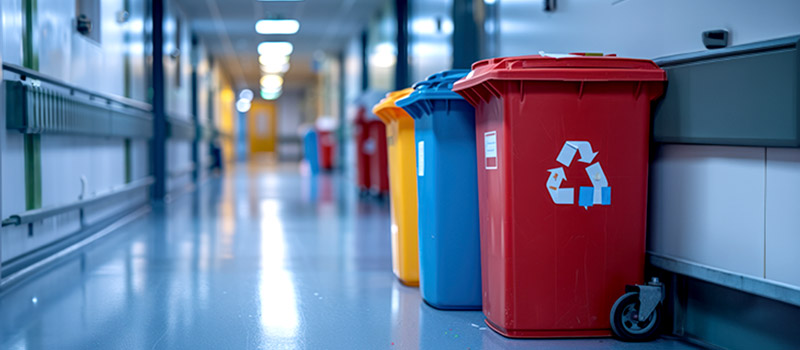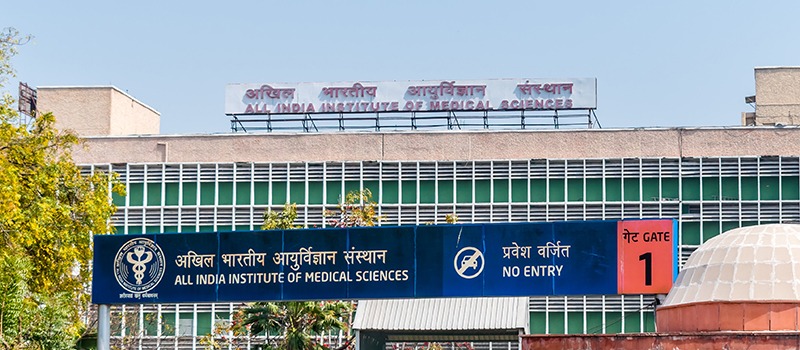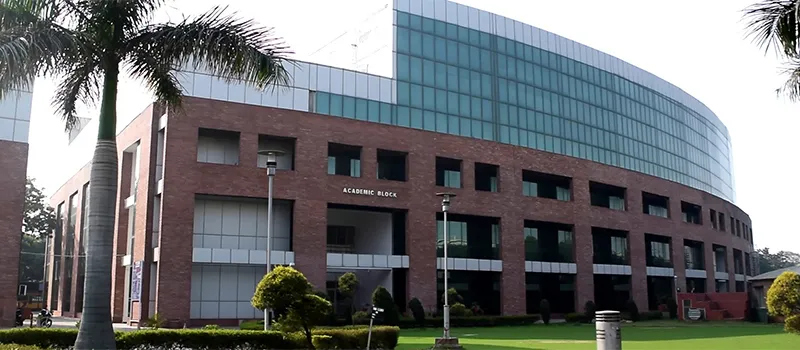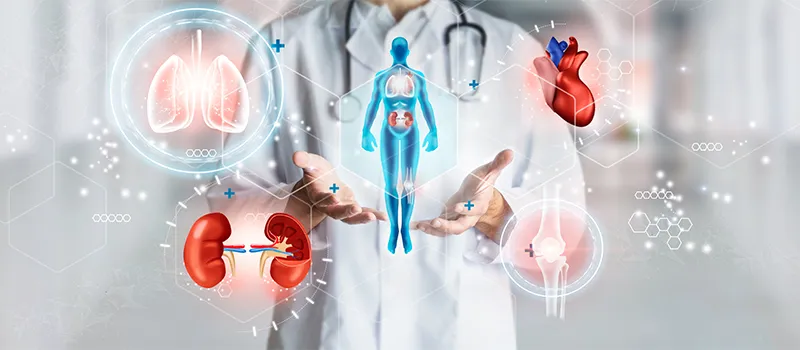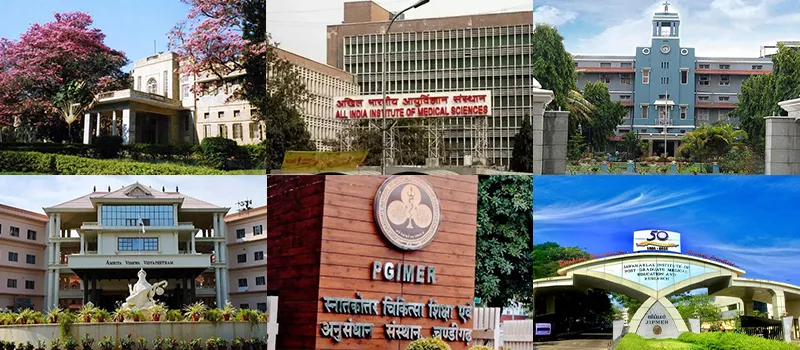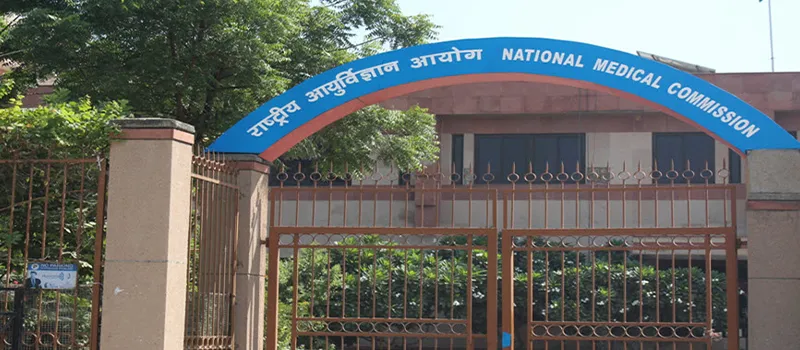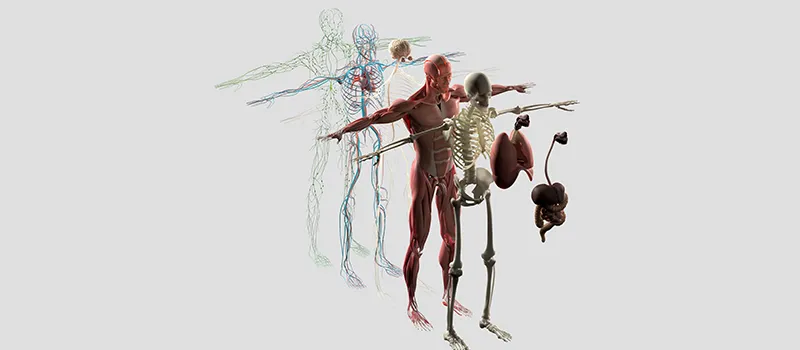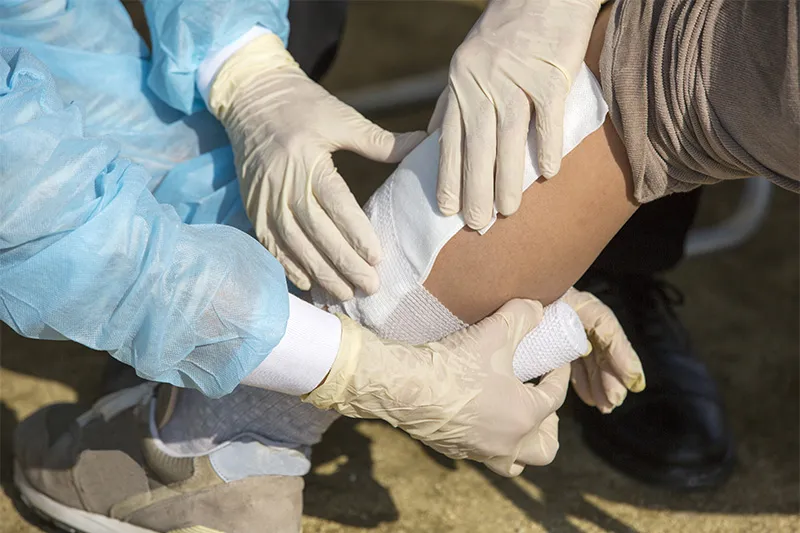

Understanding Disaster Management
Disaster means a catastrophe, mishap, calamity, or grave occurrence in any area arising from natural or manmade causes, or by accident or negligence, which results in loss of life, or human suffering, or damage to, and destruction of property, or damage to, or degradation of the environment. It is characterized by a magnitude beyond the capacity of the affected community.
There are two types of disasters:
- Natural hazard
- Human-induced hazard
Natural Hazards
Natural hazards can be classified further into the following:
| Classification | Natural Hazards |
| Geophysical | Earthquake
Volcano Tsunami
|
| Hydrological | Floods
Landslides Wave actions
|
| Meteorological | Cyclone
Cold Wave Extreme Temperature Lightning Sandstorm Snow Ice Blizzard
|
| Forest wildfire | Glacier lake outburst
Extreme hot or cold condition
|
| Biological | Epidemics: Viral, Bacteria, Parasitic, Fungal, or Prion infections
Insect infestations
|
Manmade Disasters
These can be divided into three categories: Sudden disasters, Insidious disasters, and Wars & civil conflicts.
A. Sudden Disasters
Sudden disasters are mishappenings triggered by a hazardous event that occurs unexpectedly and has tragic consequences affecting massive populations leading to loss of life and damage to property and resources.
One example of a sudden disaster is the Bhopal gas tragedy, which occurred in India on December 3, 1984. Methyl isocyanate leaked into the air from a Union Carbide Pesticide Plant storage tank, exposing millions of people to it. 3000 people died as a result of the tragedy, and the adverse effects of the gas are still being felt by many.
Another instance happened on April 26, 1986. It was an accident at reactor 4 of the Chernobyl nuclear power plant in the Soviet Union, where radioactive substances like iodine, caesium, and strontium were released.
B. Insidious Disasters
Insidious chemical exposure and pervasive chemical radiation exposure, such as those found in research labs, nuclear weapon manufacturing facilities, and manufacturing facilities, resulting in the emission of harmful substances into the air, land, and water. Another example is global warming.
C. Wars & civil conflicts
One such example is an attack on the twin buildings of the World trade centre in New York in which around 6000 people lost their lives, and thousands were injured.
Another instance is the US bombings of the Japanese cities of Nagasaki and Hiroshima, which led to the loss of thousands of lives.
Disasters in India
Snowstorms, landslides, and earthquakes commonly occur in the northern mountain region, while floods and cyclones frequently strike the eastern coastal zone. Desert regions in the west frequently experience droughts.
Some of the Disasters that occurred in India include:
- Super cyclone in Orissa – 1999
- Severe earthquake in Gujarat – 2001
- Tsunami in Indian Ocean – 2004
- Major earthquake in Jammu & Kashmir – 2005
- Cloudburst in Uttarakhand causing floods in Kedarnath – 2013
- Floods in Kashmir – 2014
Post Disaster phase
Diseases common in the post-disaster phase:
- Gastroenteritis (most common)
- ARI (Pneumonia)
- Leptospirosis
- Rickettsiosis
- Rabies
- Equine encephalitis
Vaccines recommended by WHO in post-disaster areas:
- Health workers – Typhoid, Cholera & TD
- General population- None
- Measles is the highest priority vaccine for children in disaster-affected areas as measles can deplete vitamin A (which is already deficient in disaster relief diets).
Post-disaster Disease Prevention:
- The foremost step of disease prevention & control is chlorination of all the water bodies. The level of residual chlorine is maintained at >0.7 mg/l.
- Most practical & effective strategy of disease prevention & control is supplying safe drinking water & disposal of excreta.
Disaster Management Cycle
The phases of disaster management are as follows:
- Disaster Impact: It is referred to as the total effect and consequence including negative effects of any hazardous event or disaster.
- Disaster Response: It includes search, rescue & first aid (first thing to be done after the disaster), field care, triage & tagging and identification of dead.
- Disaster Containment (stage of health & medical relief):
Primary phase Less than 6 hours Medical care, first aid Secondary phase 6 – 24 hours Transportation, sanitation, immunization Tertiary clean up 1 – 60 days Food, clothing, shelter & rehabilitation
Rehabilitation or recovery must include:
- Water supply
- Sanitation and personal hygiene
- Food safety
- Vector control
- Mitigation: It is done before a disaster strikes. It includes the measures designed to prevent hazards or to lessen the effects of hazards. Example of mitigation action includes proper building codes, fire safety norms, planning and zoning, floodplain protection, etc.
- Disaster preparedness:
- It involves effective measures that governments, organizations, communities, or individuals take in advance to improve response and face the immediate consequences of a disaster.
- Gathering resources & capacity building are the first things to be done for disaster preparedness.
- Its goal is to strengthen a country’s overall capacity to efficiently manage all types of emergencies.
- Its objective is to ensure that appropriate systems, procedures & resources are in place to provide assistance & relief.
- Disaster preparedness carries out the following tasks: Evaluate the risk, organize a warning system, ensure response mechanism, availability of resources, develop public education program, and organize disaster simulation exercise.
National Institute of Disaster Management (NIDM)
- NIDM was established in 1995 under the Indian Institute of Public Administration.
- The motto of the institute is “Resilient India- Disaster free India.”
- The purpose of NIDM is to work as a consulting agency for the government, providing assistance in formulating policies and facilitating the reduction of the impact of disasters through their technological innovations.
National Disaster Response Force (NDRF)
- NDRF is a specialized force formed under the Disaster Management Act, 2005.
- It is set up for the purpose of a special response to a threatening situation or catastrophe.
- It is a force of 16 battalions which consists of 1149 personnel including 3 BSF, 3 CRPF, 2 CISF, 2 ITBP, 2 SSB and 1 Assam Rifles.
Triage
- It is a process of classifying the injured based on the severity of injuries & likelihood of survival with medical intervention.
- Triage is a concept in Trauma.
- It yields the best result when carried out at the site of the disaster.
- It is carried out at the disaster site to determine transportation priority, admission to the hospital and treatment.
- In mass emergencies, first come first treated is NOT followed.
- The aim of this practice is ‘Right patient, right place, right time.’
- In triage, tagging is done. Identification, age, triage category, diagnosis & treatment are tagged onto victims through color coding.
Types of Triages
- Simple triage –
- This method is used by first respondents in scenes of mass tragedy to sort patients into those who need critical attention & immediate transportation.
- Categorization of patients is done based on the severity of their injuries & aided with the use of printed triage tags.
- Rapid triage –
- Rapid triage follows Simple Triage and Rapid Treatment (START) method.
- Mass causalities including train accidents and bus accidents come under rapid triage.
Reverse Triage
- A condition in which sometimes less wounded is treated in preference to the more severely wounded is referred to as reverse triage.
- This happens in situations such as war where military settings may require soldiers to return to combat as quickly as possible.
FREQUENTLY ASKED QUESTIONS (FAQs)
Q1 . How is triage categorized?
Answer: Category 1 – RED: High-priority treatment
Category 2 – GREEN: Medium priority treatment
Category 3- YELLOW: Low-priority treatment
Category 4 – BLACK: Moribund/dead patient
Q2 . What are the zoonotic diseases that occur during a disaster?
Answer: Leptospirosis, rickettsiosis, rabies, etc. are the zoonotic diseases that occur during a disaster.
Q3. What are the radioactive isotopes of iodine, strontium, and caesium?
Answer: Iodine 131, Caesium 137, and Strontium 90 are radioactive isotopes.
Q4. What is the full form of UNISDR that is responsible for disaster risk management?
Answer: The United Nations International Strategy for Disaster Reduction Secretariat is a full form of UNISDR.
Related post
Related Courses
Cosmetic Botulinum Toxin Simplified
Dr Rasya Dixit , Dr Urmila Nischal , Dr K. C Nisch...
Critical Care Simplified
Dr Yatin Mehta , Dr Subhal Dixit , Dr Kapil G. Zir...
Advance Course in Ultrasound and Infertility
Dr Sonal Panchal , Dr Chaitanya Nagori
Ganga Videos on Spine Surgery
Prof Rajasekaran Shanmuganathan , Dr Ajoy Prasad S...
Pathology for UnderGrads
Prof Harsh Mohan , Prof Ramadas Nayak , Dr Debasis...
Microbiology for UnderGrads
Dr Apurba S Sastry , Dr Sandhya Bhat , Dr Deepashr...






























